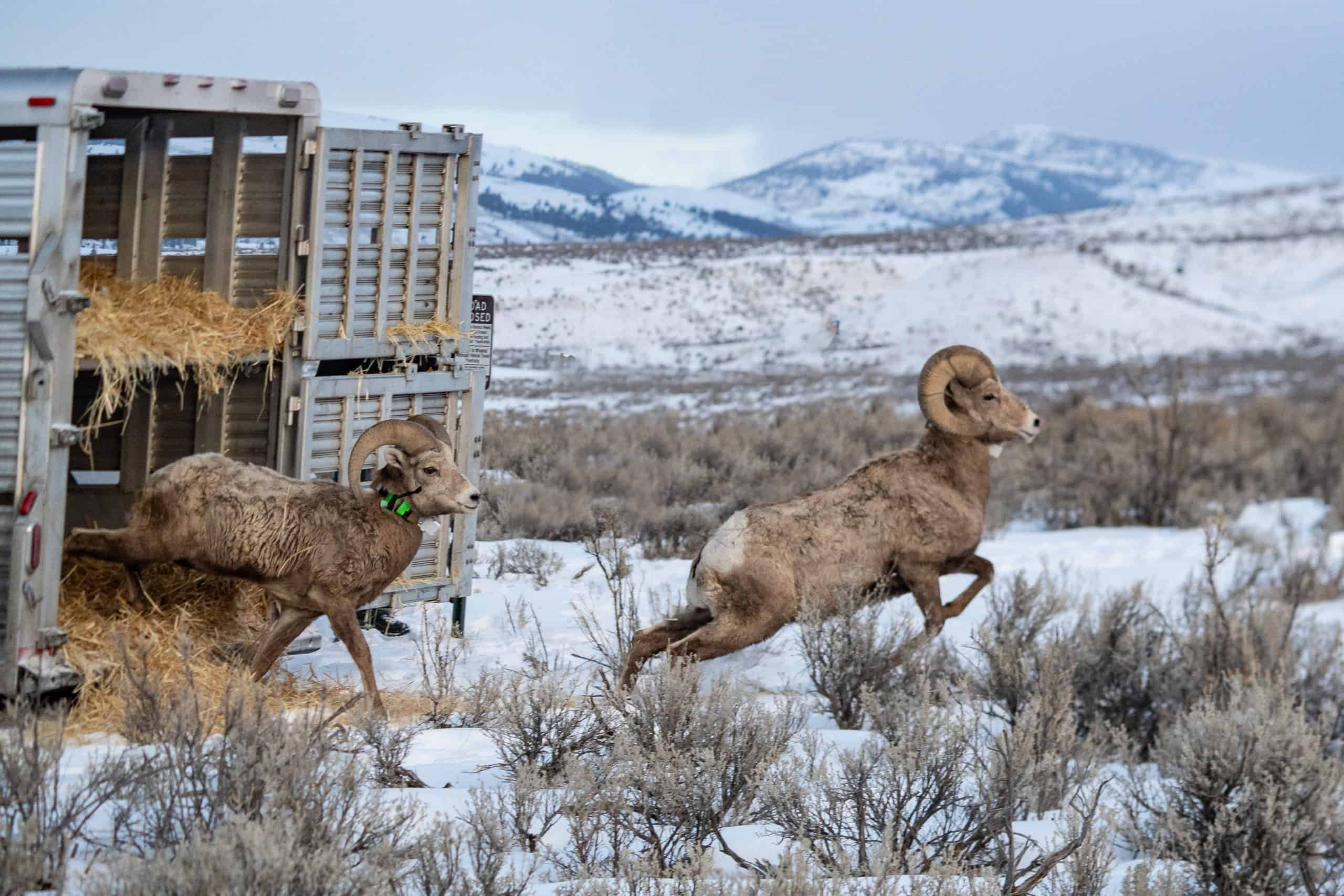
Conservation in Real Time: The Wild Sheep Foundation
“The current generation of hunters grew up with an abundance of elk and whitetail. Sheep have not been abundant. Sheep did not benefit to the same degree from the conservation work of Roosevelt and others. The populations of sheep have lagged behind,” explains Keith Balfourd, the marketing and communications director for the Wild Sheep Foundation. “The current generation of hunters is able to see success— conservation paying dividends now. This is conservation in real time.”
The bighorn sheep is an iconic symbol of the west. Wild, free and ruggedly independent, the sheep represents one of the most enduring characteristics of the American identity. Once dispersed across much of North America, bighorn populations now exist in fragmented pockets that are physically isolated from one another.
For most hunters, a bighorn hunt is aspirational. Be it the majesty of the animal itself or the rugged beauty of the places you hunt them, the romance and adventure of a sheep hunt has been capturing the imaginations of sportsmen for centuries. When you consider the limited number of sheep tags against the number of hunters who apply to lotteries (and buy sheep hunt raffle tickets), however, the reality becomes apparent: most hunters might never actually draw a tag.
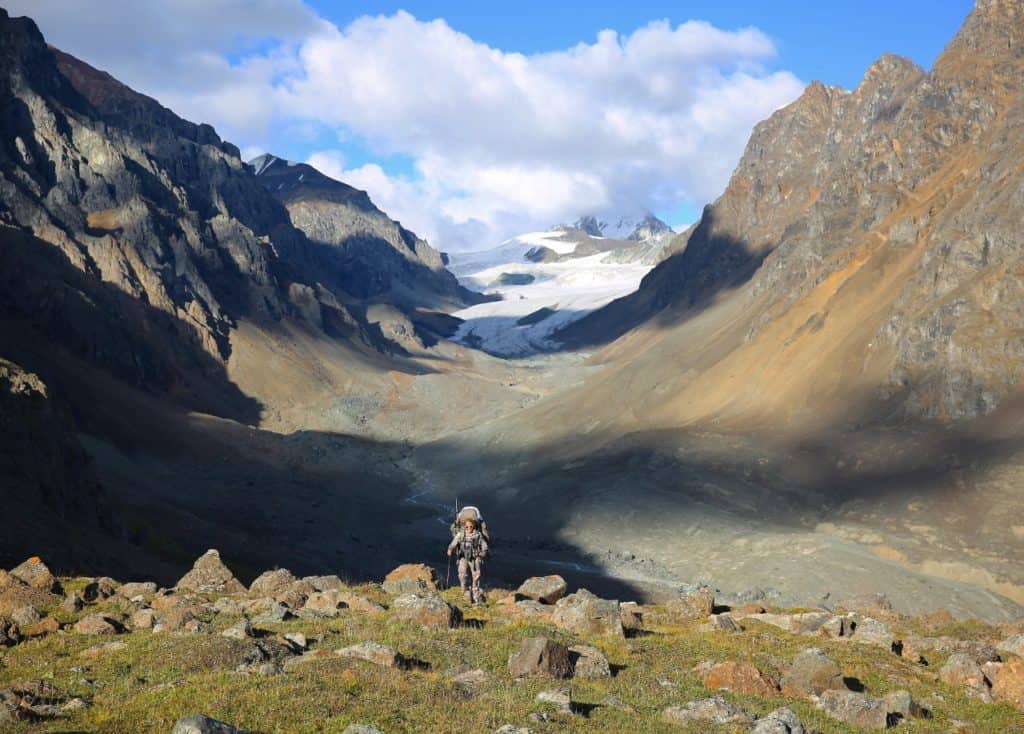
This reality is part of the charm of the Wild Sheep Foundation and its world changing mission. How does the Wild Sheep Foundation define its purpose? “To put and keep wild sheep on the mountain.”
The Foundation, empowered by a membership of 10,000 dedicated hunters, sportsmen and women, and lovers of wild places, employs a diversely powerful suite of conservation programs. Combining trap and transfer, scientific research, habitat conservation, rangeland management (to maintain separation between wild sheep and their domestic cousins), and partnerships with groups across the conservation landscape, the Wild Sheep Foundation is, in fact, putting sheep back in the mountains. It is exciting work that Bass Pro Shops and Cabela’s is proud to support.
Putting Sheep Back on the Mountain
Partnering with hunters across North America, the Johnny Morris Conservation Foundation and the Bass Pro Shops and Cabela’s Outdoor Fund are helping to fund the Wild Sheep Foundation’s reintroduction of bighorn to such places as the Tendoy and Little Belt Mountains of Montana. The projects involve transplanting bighorn from sustainable populations into areas previously devoid of the magnificent creatures.
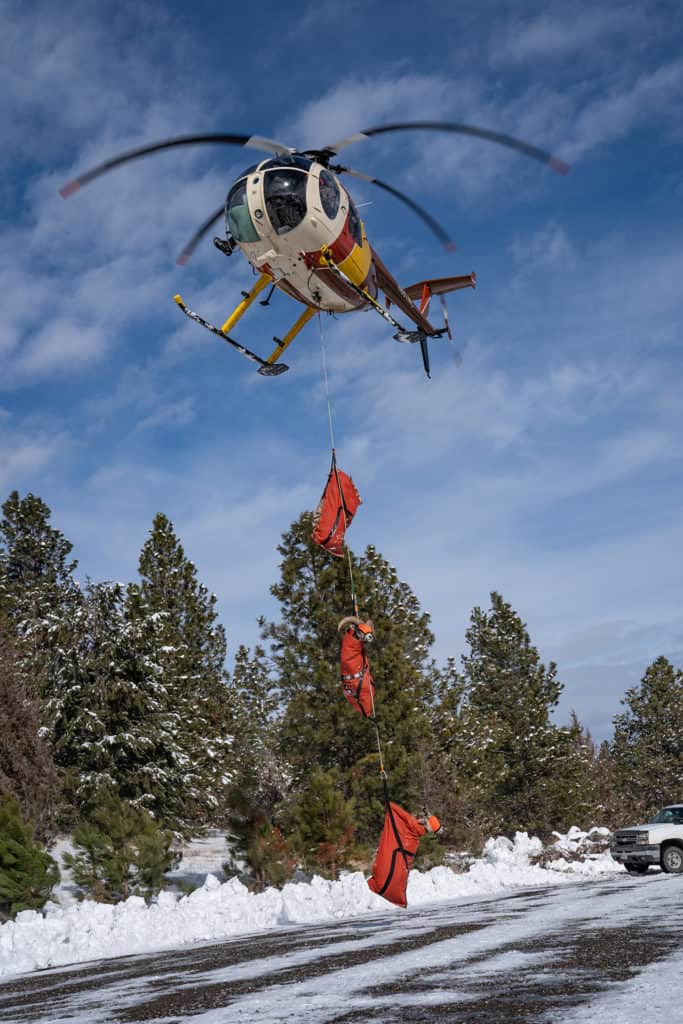
Trap and transfer is a tried and true approach to expanding sheep populations. Over the past 90 years approximately 22,000 wild sheep have been translocated during nearly 1,500 relocation events in the U.S. and Canada. Since its inception, WSF and its network of chapters and affiliates have participated in hundreds of wild sheep transplant events. The Wild Sheep Foundation’s support ranges from providing funding, manpower, and critical political support to assist state and provincial agencies with wild sheep restoration efforts.
Sheep had been absent from the Tendoy range since 2015, the result of an outbreak of respiratory disease. On February 19, 2021, teams released 19 ewes, two lambs and five rams into some of the most ideal bighorn habitat imaginable. The release, the first stage in an ongoing project that calls for more sheep in 2022, was met with emotion from those gathered. Park rangers look forward to the presence of lambs in the springtime. The sight of rams fighting on the mountain sides is part of the fabric of what makes this remote country so special.
The bighorns that were released into the Tendoys came from Wild Horse Island in Montana’s Flathead Lake. The Little Belt Mountain animals were sourced from Montana’s famed Missouri River Breaks sheep herd.

These projects were funded, in large part, by grants from the Bass Pro Shops and Cabela’s Outdoor Fund. In addition to grant funds made available by the directed generosity of sportsmen and women, the Outdoor Fund issued a Challenge Grant that matched, dollar per dollar, donations made to the Wild Sheep Foundation’s projects in the Tendoys and Little Belt Mountains. In effect, these Outdoor Fund Challenge Grants amplify conservation, doubling the leverage of individual donations.
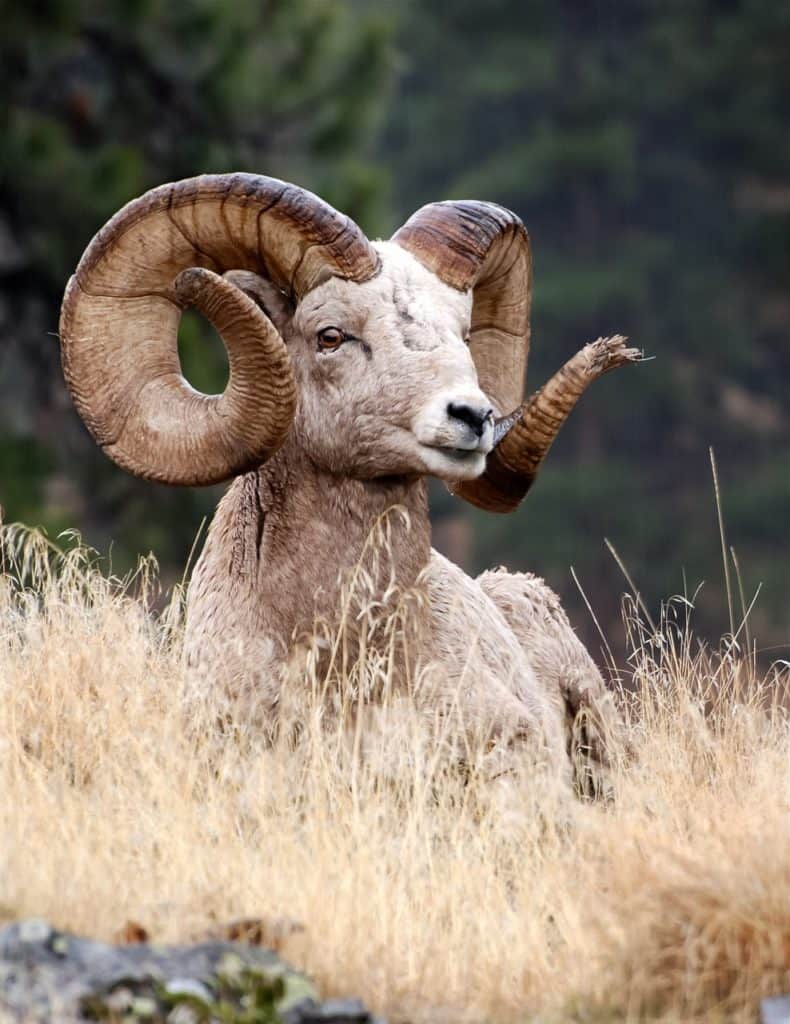
Hunters: The Backbone of Conservation
The Outdoor Fund recently issued a second challenge grant in support of the Wild Sheep Foundation. The Wild Sheep Foundation and the Outdoor Fund are partnering to not only drive investment in conservation, but to provide insight into how it happens.
This Challenge Grant not only matches the donations to the Wild Sheep Foundation, but provides context for how it is used and what goes into making conservation projects happen.
Keith Balfourd explains, “This one is a little different and specific to the scientific needs of the Wild Sheep Foundation—the cost of helicopter time, lab work and the like. It provides context about all that goes into establishing a new herd and what their contributions will provide. It provides a new and interesting twist. Members can say, ‘I give $1,500, Bass Pro Shops and Cabela’s matches that. I just bought a radio collar!’ It ties people more closely to conservation work on the ground.”

That the Wild Sheep Foundation uses donations to drive research and purchase specific types of equipment is no accident. “We’re using scientific research to guide the next 25 years of conservation. There is so much science that we’ve funded, for years, to get to this point. From the tests we perform on the sheep to the execution of the projects to the capture crews we work with, we’ve established a set of best practices. There is a lot of science behind the scenes,” Balfourd says.
“We have allocated lots of money to universities and state agencies to build up the science (of sheep conservation). Now the plans we use are proven. The labs we send the samples to are ready, funded and motivated. The agency staff that we work with are funded and motivated.”
These are indeed exciting times in wild sheep conservation.
The Wild Sheep Foundation and the Sportsmen and Women Who Empower It
While the WSF has members all over the world, the bulk of its support comes from, as Balfourd says, “places you might expect sheep to live”—Alaska, Western Canada, the Western United States and Mexico. The majority of its members are hunters— many of whom are likely to never draw a sheep tag.
And here is where the unique devotion of the Wild Sheep Foundation’s membership is so inspiring. “Sheep are marked by high demand and low inventory. They are perhaps the most aspirational big game animal in North America. We have a massive following of people who have never sheep hunted, but want to,” Balfourd provides. “WSF gives away a number of sheep hunts each year.”
“This is a unique membership scenario,” he says.” Some guys will never draw a tag. They realize this, but say, ‘But my kids might.’”
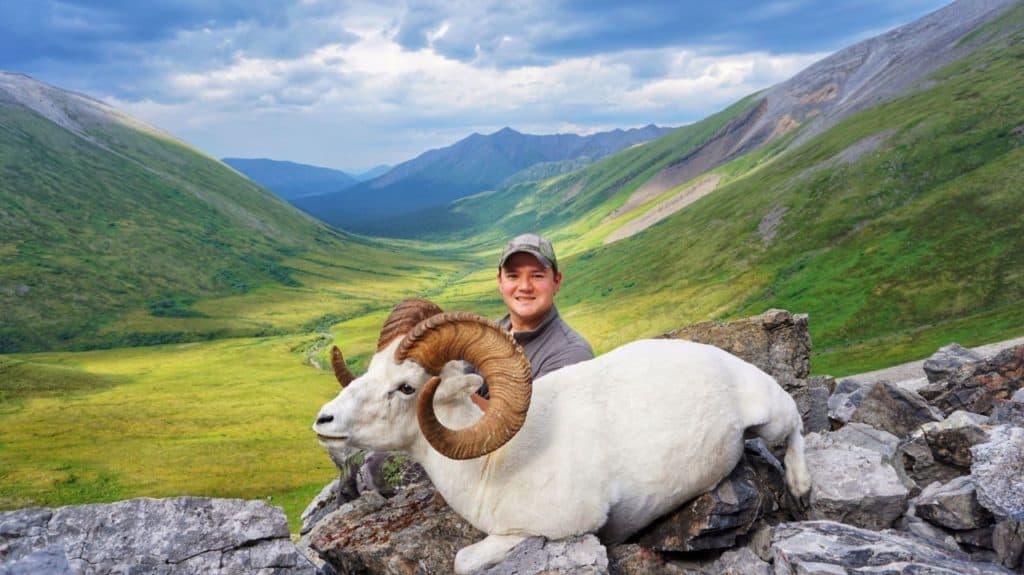
Trap and transfer projects today grow populations of sheep. These populations lead to more tags and sheep hunting opportunities into the future. These sheep hunting opportunities lead directly to more funding for conservation. This is the foundation of the North American Conservation Model—the most powerful set of laws and policies for conserving and safeguarding fish and wildlife.
Today the sheep tag is a lottery draw that for most hunters is a once-in-a-(very lucky)-lifetime event. 100 years ago, whitetail were scarce and their numbers were declining. Today whitetail licenses are over-the-counter purchases that many hunters take for granted. With dedication and commitment, wild sheep numbers may one day be such that hunting opportunities and access are more available.
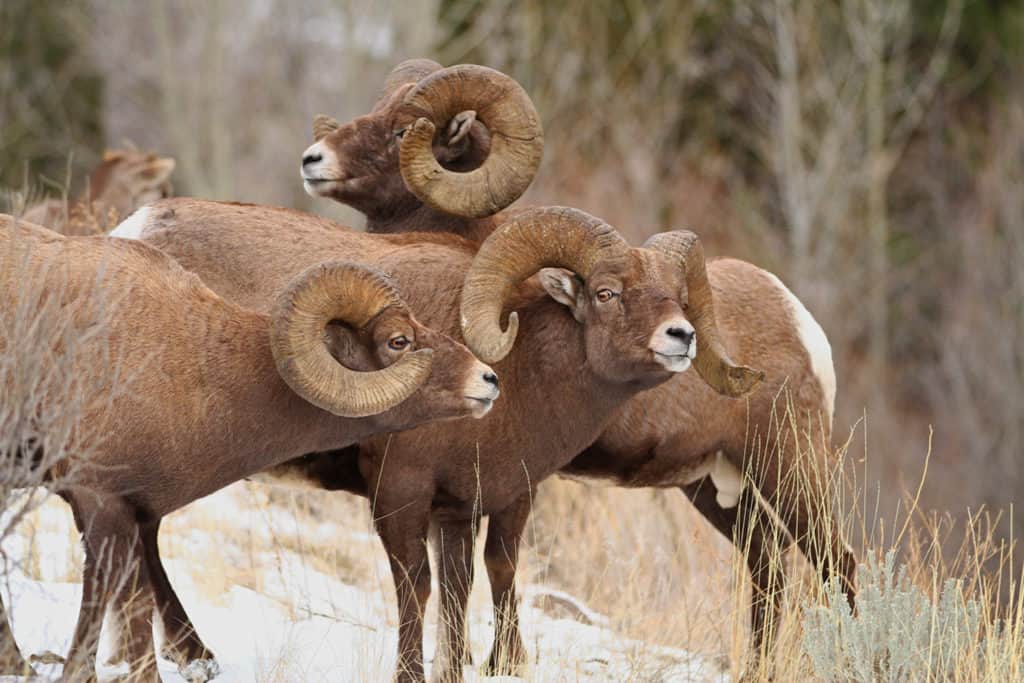
Join Us in Support of the Wild Sheep Foundation
The Wild Sheep Foundation provides hunters with the unique opportunity to take part in driving conservation from the ground floor. Current generations can do for bighorn sheep what our parents’ parents’ generation did for whitetail deer and wild turkey populations. The approach of the Wild Sheep Foundation provides the modern hunter with the opportunity to empower the same sort of visionary conservation that was practiced 100 years ago by the likes Teddy Roosevelt and John James Audubon.
Bass Pro Shops and Cabela’s is proud to partner with hunters across North America to support the world-changing conservation work of the Wild Sheep Foundation. The benefits of this work are expressed in terms of sheep on the mountain and the numbers of hunters who draw tags to pursue them. These benefits can be seen on Western Landscapes from Mexico to Alaska and can measured in terms of the hopes and aspirations of hunters today and into the future. This is powerful work that illustrates that the mistakes of yesterday do not have to define the trajectory of tomorrow.




